
Lola Cars is no stranger to success in motorsport. Since 1958, the British company has produced winning competition vehicles in a number of classes. They hold the title of Great Britain’s oldest continually operational race car manufacturer, and virtually all of their cars have gone to customers, rather than being campaigned by Lola themselves.
While not one of the most well known models to leave the Lola Cars factory, the T92/10 ranks as one of the most advanced in context of the era in which it was produced.

In the years preceding the T92/10’s debut, Group C was akin to Group B in rally, with a very relaxed ruleset. To ensure the field was competitive, minimum weight and maximum fuel consumption per 100km regulations were introduced. This meant a huge variety on the grid; V8, V12, turbo V8 and flat sixes all vied for the podium.
When the 1990 season rolled round, the intention was to slowly integrate a second generation of Group C cars into the field. These cars would be powered by naturally aspirated 3.5L engines with a minimum weight of 750kg (1,653lb).


Lola designed and built the T92/10 ready for the 1992 season, with the intention of selling it as a turnkey package to prospective customers who would normally need to source key components from multiple suppliers themselves or run full factory-backed efforts.


Designed by Weit Huidekoper, the T92/10 was a radical departure from the previous Nissan Group C design, something dictated by another rule change for the chassis and cockpit dimensions. Many hours of wind tunnel testing produced a car that was aerodynamically efficient and produced a huge amount of downforce with little drag, largely owing to the ground effect underbody.

The springs and dampers were mounted inboard, connected via pushrods, with the suspension fastened directly to the carbon chassis. The rear suspension was connected straight to the engine and gearbox, which acted as fully stressed members.
If this is starting to sound similar to a Formula 1 car, know that the T92/10 pretty much was one, but with full bodywork.

Further re-enforcing the Formula 1 derivation was the T92/10’s engine – a Judd V10. For those of you that have not had your eardrums subjected to the high-pitched wail of one of these engines at full chat, this video will give you an idea. Just imagine it far, far louder in person.
Extracting 650 horsepower from just 3.5L, the Judd powerplant earned the T92/10 the reputation of being one of the loudest and most symphonic cars to ever race at Le Mans.


Three T92/10s were produced, with the first two only having a single season before the World Sportscar Championship for Group C was dissolved. These two cars were purchased by Charles Zwolsman – one of them being the car you’re looking at now – and campaigned under the Euro Racing banner, but they never found much success on track. Ultimately, the team ceased operation when Zwolsman was found to have expanded his Tulip bulb business into the illegal drug trade.


The third T92/10 remained eligible for other championships, but over its racing career only won three events. Despite the car being hugely capable on paper, it never translated to success on the track in period.
Now two decades later, the inception of the Peter Auto Group C series has given these cars an opportunity to race again, and for enthusiasts, the chance to hear the Judd V10 scream once more.
Chaydon Ford
Instagram: chaycore







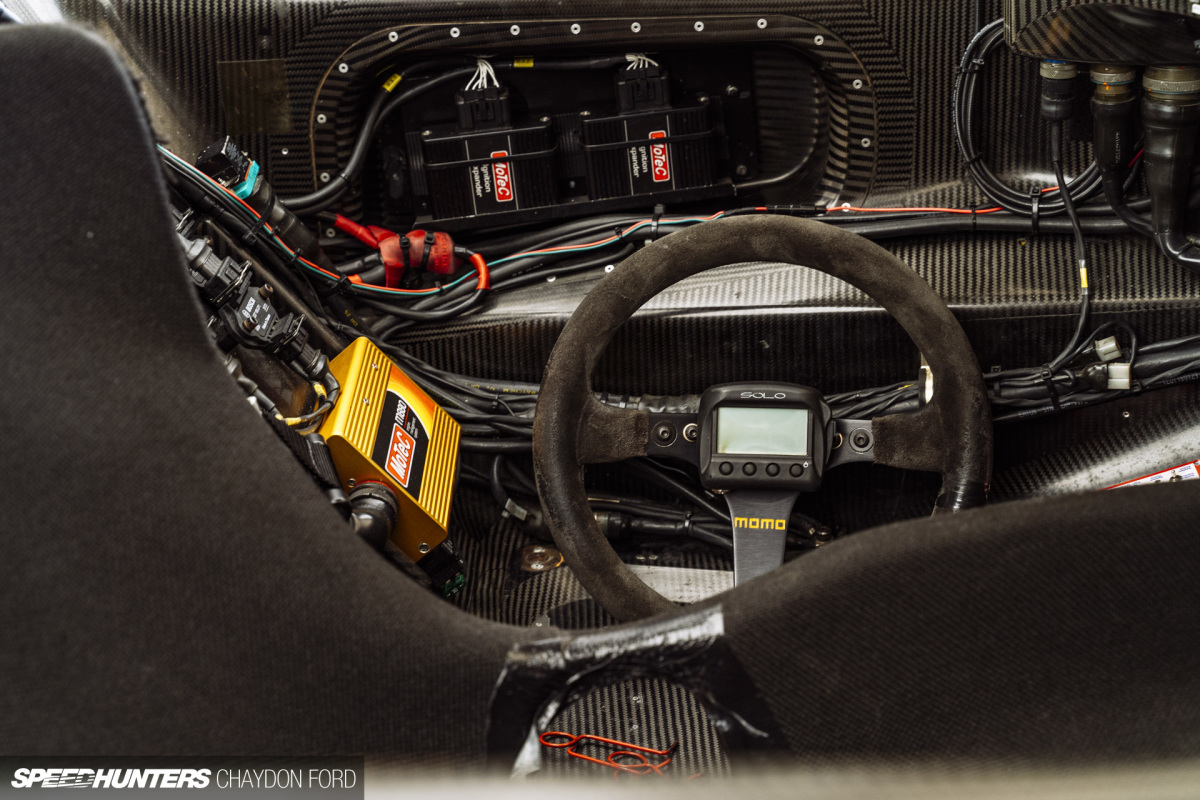
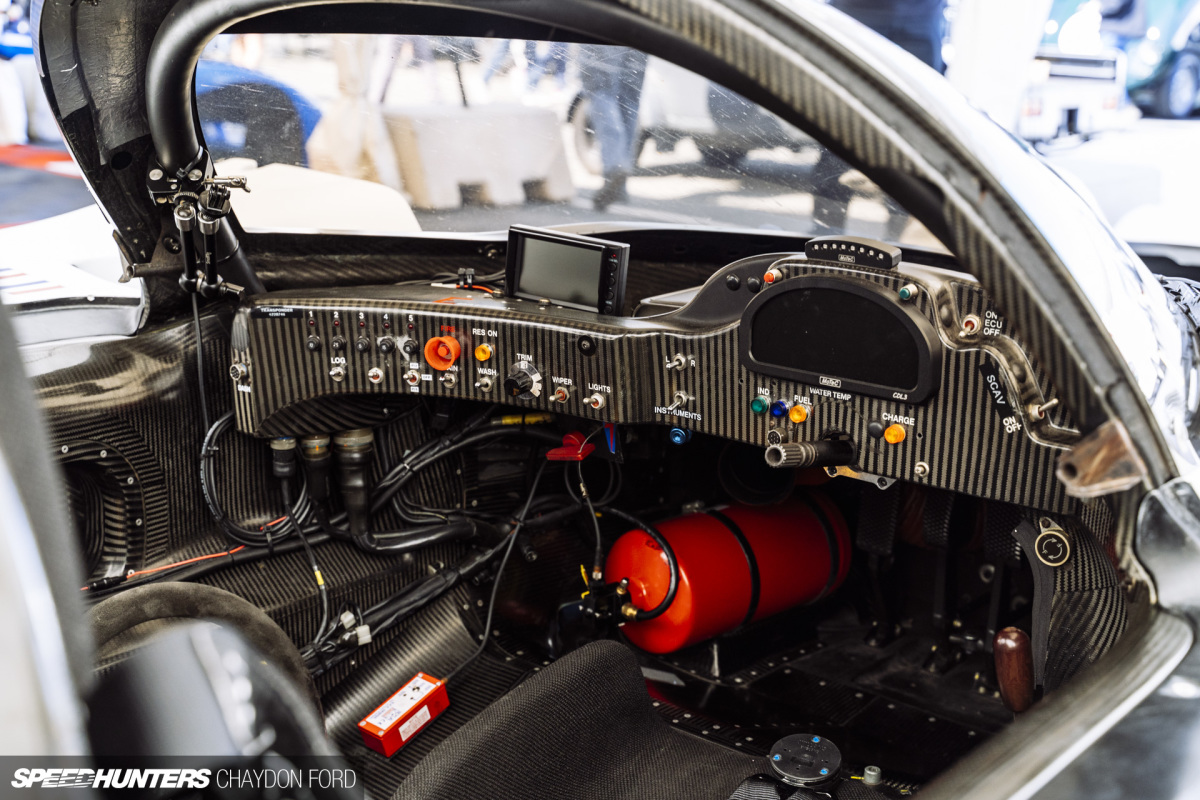
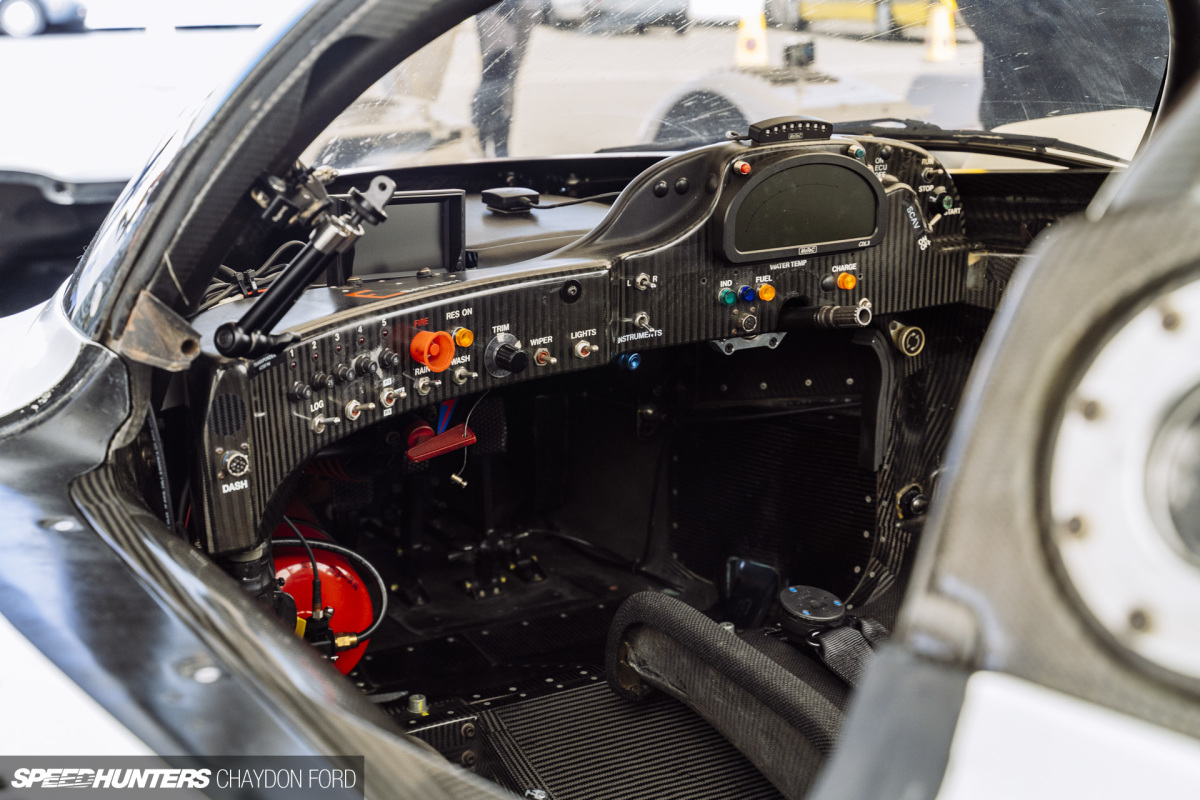
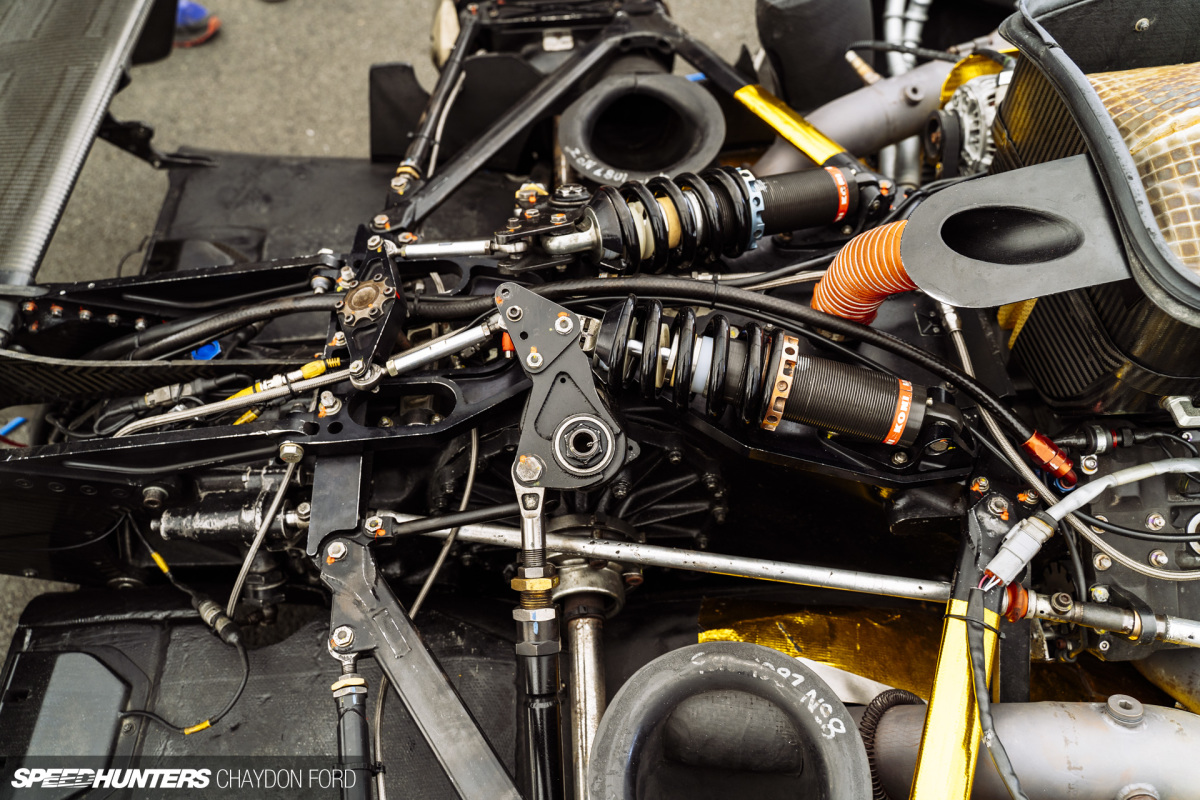
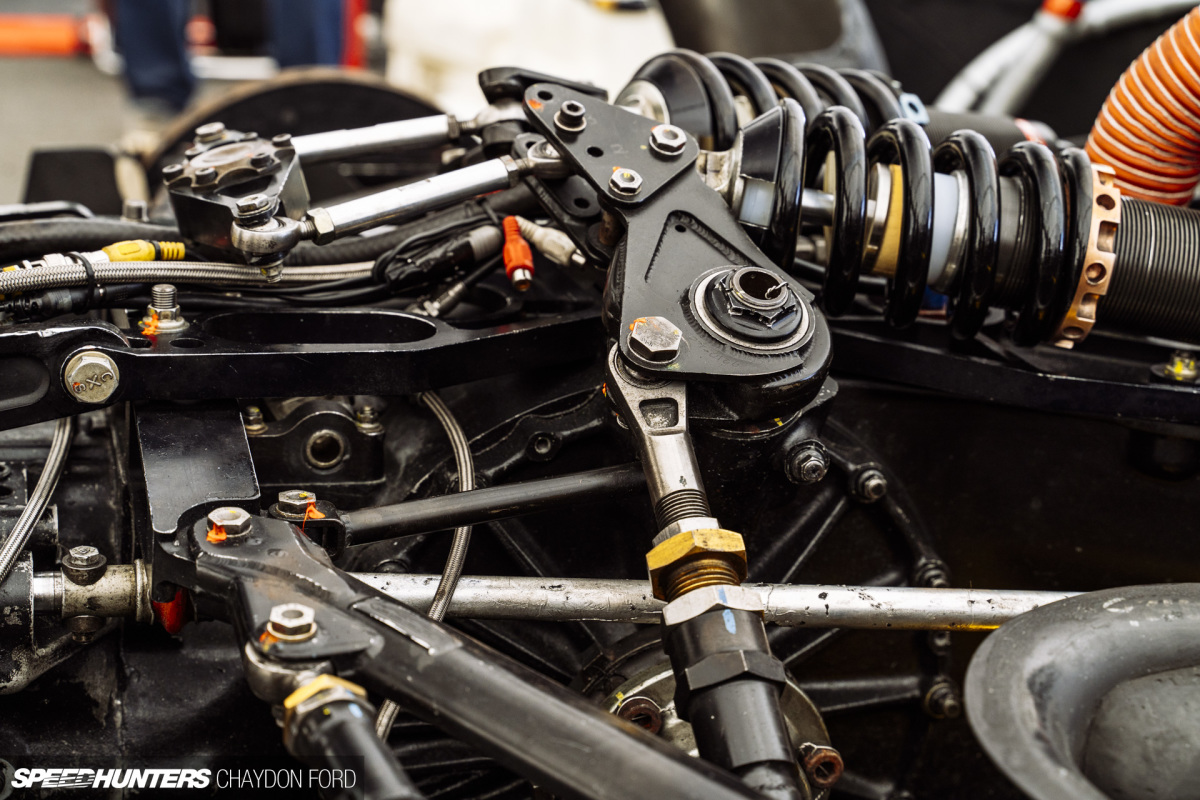





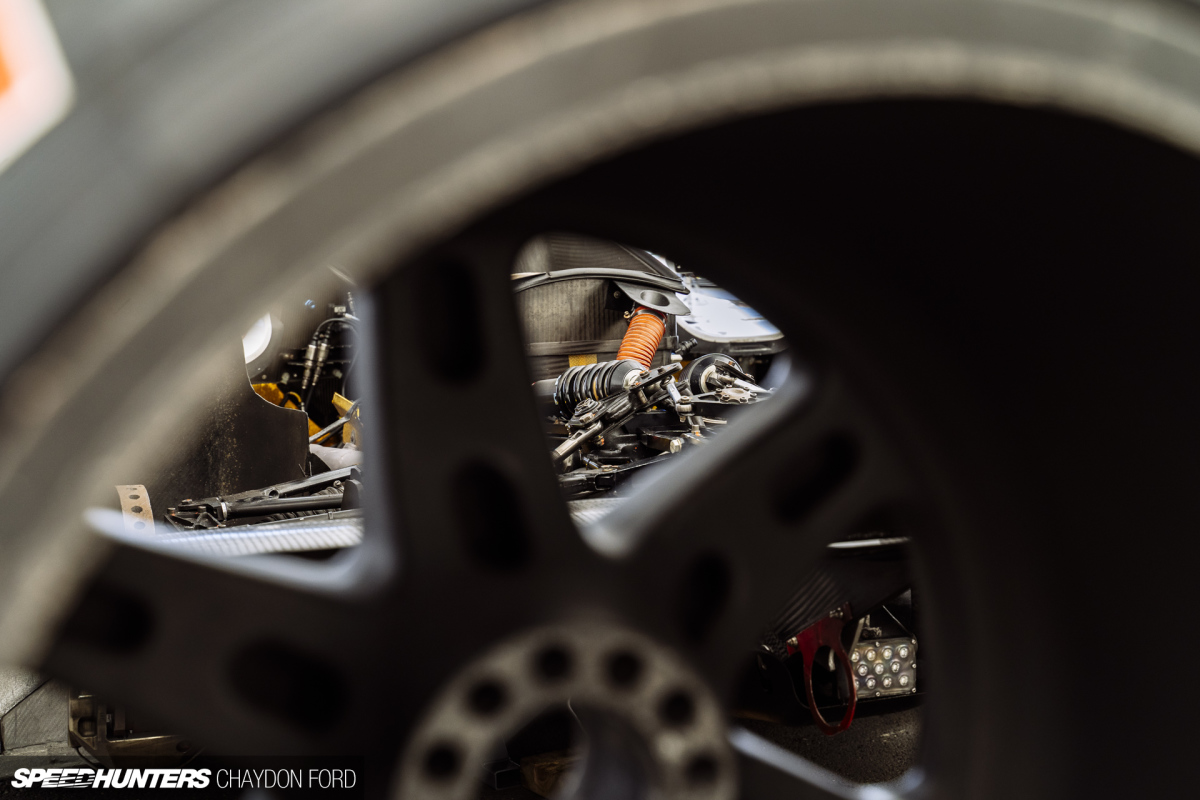
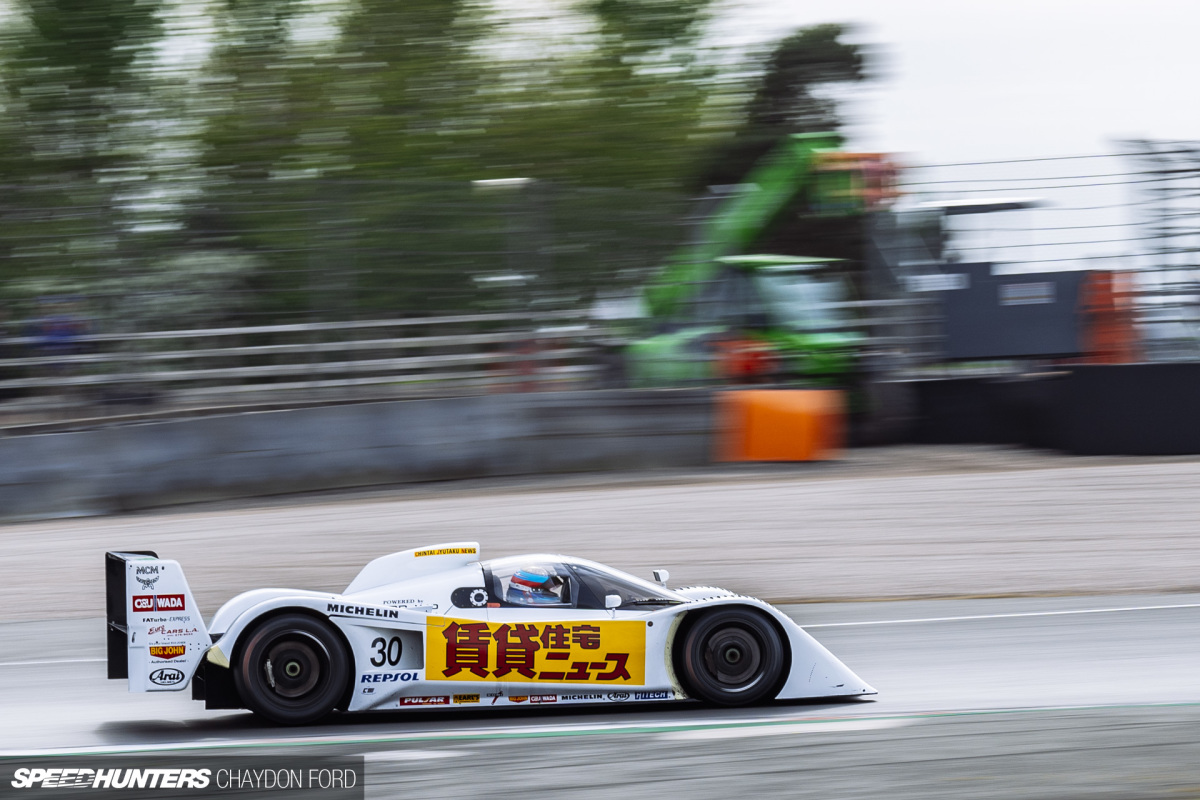

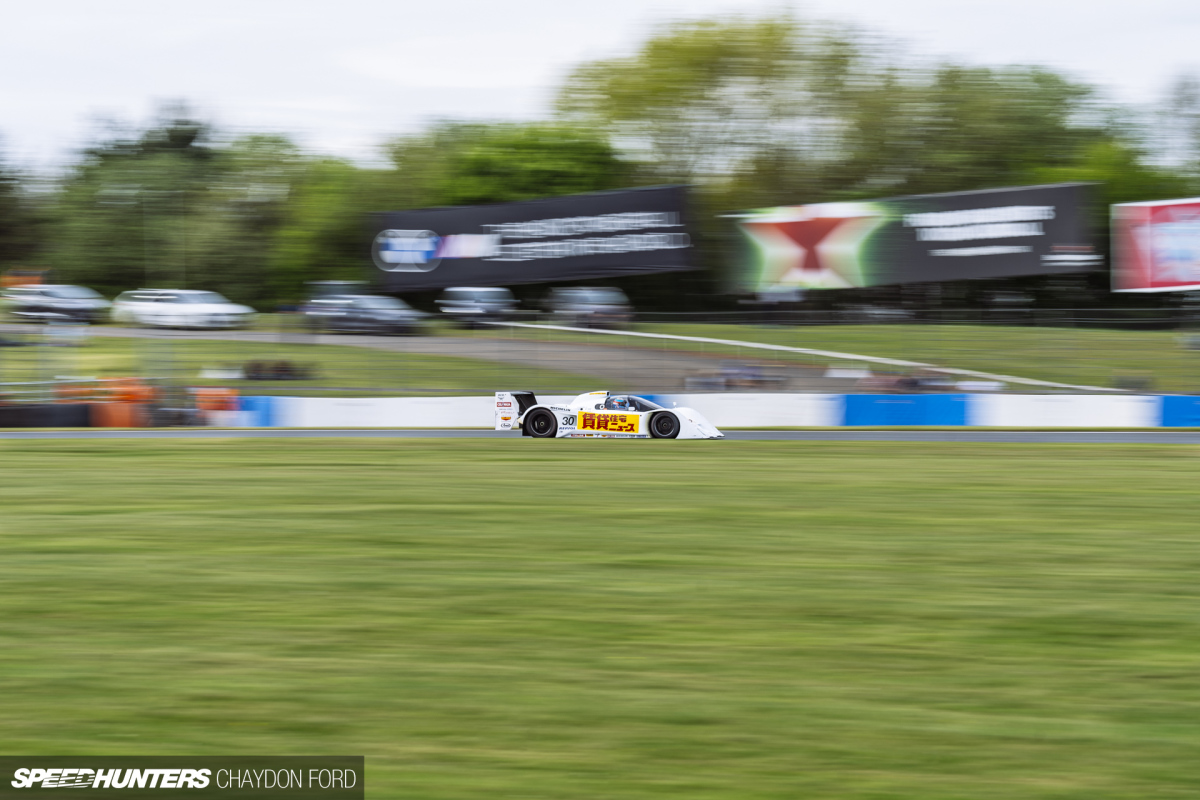





Lola was* It's a real shame they went under, my best friend helped out on weekends when we were at college studying motorsport. Their input could've been highlighted more in Ford Vs Ferrari.